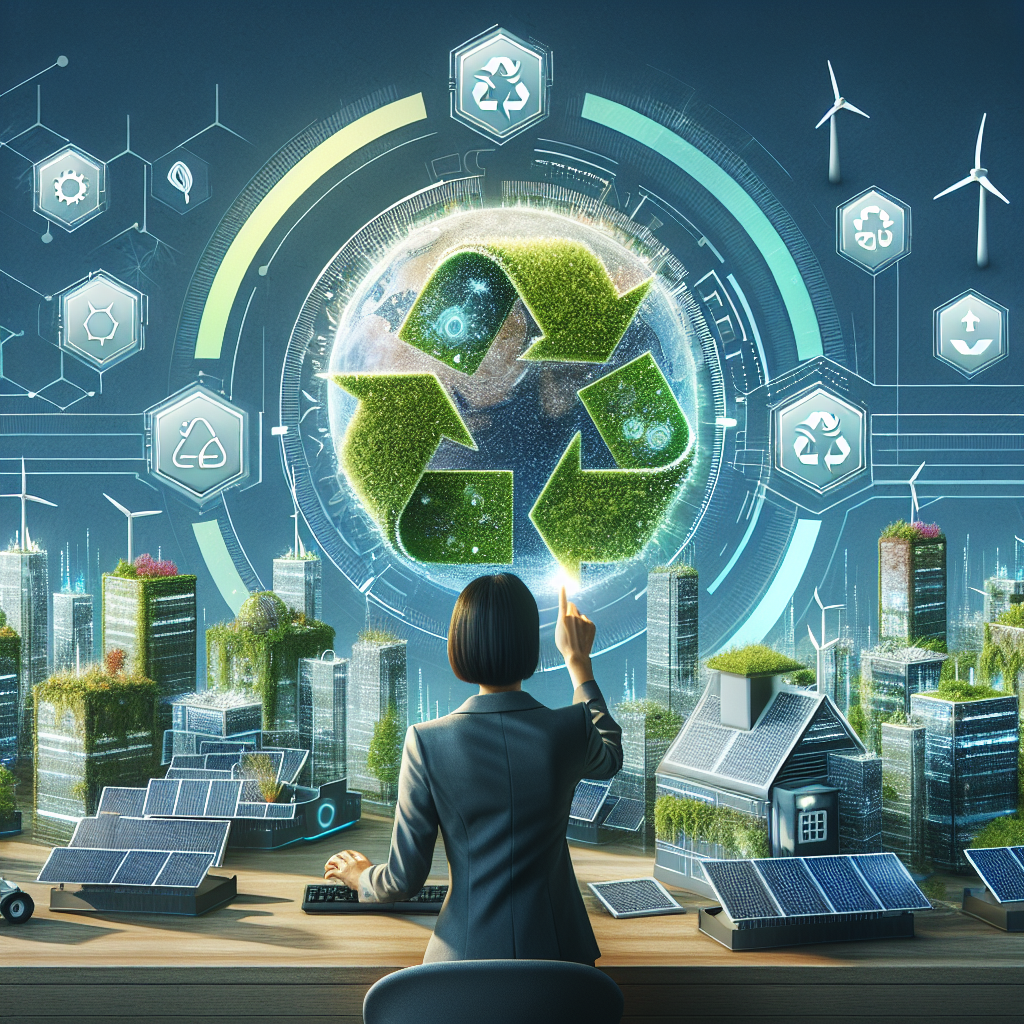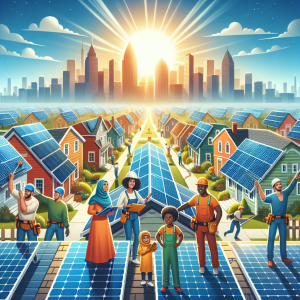As global awareness about environmental issues rises, the recycling industry is undergoing significant transformation. The future of recycling is not merely about collecting and sorting materials; it’s evolving into a cutting-edge arena driven by technology and innovative practices. Let’s explore some key technological advancements and trends that are shaping the future of recycling.
1. Smart Recycling Technologies
Artificial Intelligence (AI)
AI is revolutionizing how we approach recycling. Advanced algorithms and machine learning models can now sort recyclables more efficiently than humans. AI-powered machines are equipped with computer vision technologies that enable them to identify and categorize various materials, enhancing the accuracy of sorting processes. This not only increases the volume of materials recycled but also reduces contamination rates, where non-recyclable materials are mistakenly intermingled with recyclables.
Robotics
Robotics is playing a significant role in automating recycling facilities. Robotic arms equipped with sensors can rapidly pick and place sorted materials, significantly speeding up the recycling process. These robots can work in hazardous environments, reducing the risk to human workers and increasing operational efficiency. As robots become more sophisticated, we can expect them to take on a larger role in all aspects of recycling.
2. Blockchain for Transparency and Traceability
Blockchain technology is transforming various industries, including recycling. By leveraging this secure and decentralized ledger technology, recycling companies can create a transparent and traceable system for waste management. This allows consumers, businesses, and regulators to track the lifecycle of materials, ensuring that recyclables are processed correctly and reducing incidences of fraud in recycling practices. Blockchain can also incentivize responsible disposal behaviors through reward systems integrated into recycling programs.
3. Advanced Material Recovery Facilities (MRFs)
Modern Material Recovery Facilities are being equipped with state-of-the-art technologies that enhance efficiency and capability. These MRFs use a combination of automated systems, including conveyor belts, crushing machinery, and air classifiers. Innovations in MRF design—like modular facilities that can be adjusted to process different types of materials—are becoming increasingly popular. This flexibility allows for more adaptability to changing waste streams and better resource recovery.
4. Circular Economy Initiatives
The shift towards a circular economy is encouraging manufacturers to develop products with end-of-life recyclability in mind. Companies are increasingly investing in sustainable product design, creating goods that are easier to recycle or made from recycled materials. Initiatives promoting extended producer responsibility (EPR) are gaining traction, holding manufacturers accountable for the entire lifecycle of their products. This shift plays a significant role in both reducing waste and improving recycling rates.
5. Consumer Engagement and Education
Consumer education is vital for improving recycling habits. As technology advances, so does the need for effective communication tools. Augmented reality (AR) and interactive apps are emerging as powerful mediums to engage consumers, providing information on what can be recycled and how to do it correctly. Such tools can gamify recycling efforts, encouraging individuals to take part in recycling programs and reducing contamination in recycling bins.
6. Sustainable Practices in Recycling Operations
The drive for sustainability extends beyond just recycling materials—it encompasses the entire process. Recycling companies are adopting renewable energy sources, such as solar and wind, to power their facilities. Waste heat recovery systems are being integrated to improve energy efficiency. Moreover, using bioplastics and other eco-friendly materials is becoming common practice, further reducing the ecological footprint of recycling operations.
Conclusion
The future of recycling is bright, characterized by innovation and an increasingly automated landscape. While challenges remain—such as contamination and inadequate infrastructure—emerging technologies offer promising solutions to streamline processes, enhance efficiency, and promote wider adoption of recycling practices. As we move toward a more sustainable future, the integration of technology in recycling will be pivotal, making it not just a necessity but a vital component of a circular economy. Embracing these trends and technologies will be crucial for individuals, businesses, and governments in their quest for a more sustainable planet.




